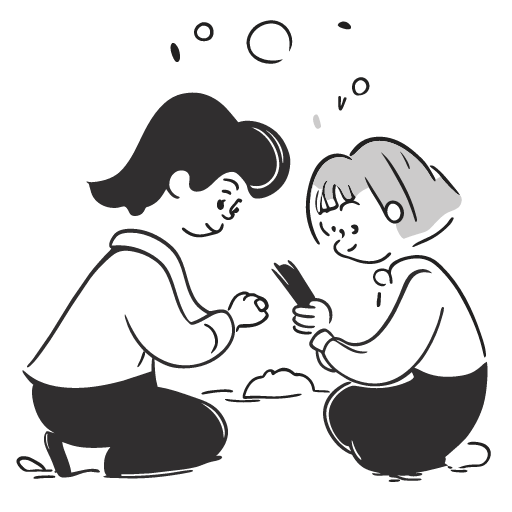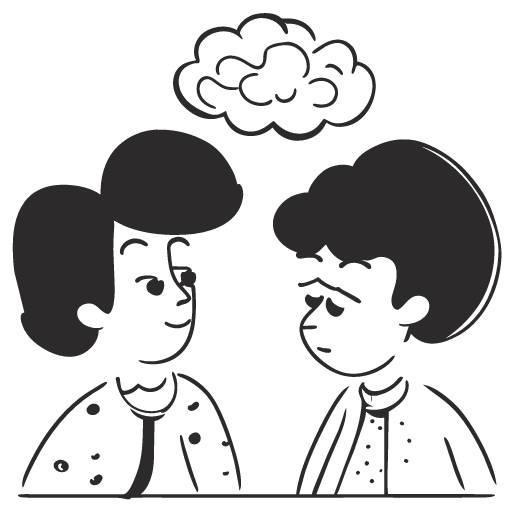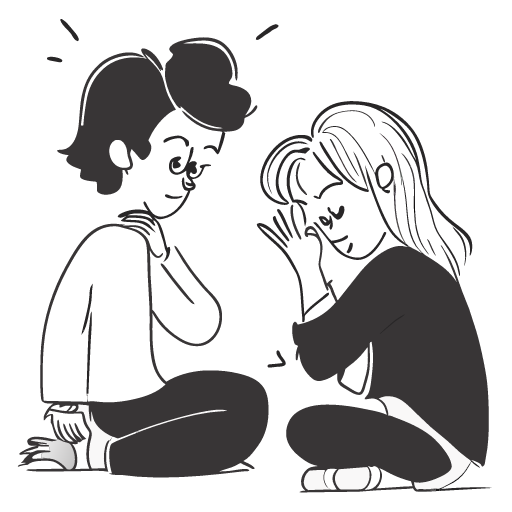Expressive arts therapy is a multimodal therapeutic approach that incorporates movement, music, play, storytelling and art. People who have suffered trauma, particularly long-term or early-life trauma, may feel disconnected from their bodies. They are unaware of how their bodies communicate with themselves or their immediate environment. To help in the healing process, expressive arts therapy creates a safe space encouraging the individuals explore embodied, nonverbal, sensory-based practices to enable new perceptions of one’s own identity, interpersonal interactions, and physical environment.
The therapeutic use of expression is associated with greater emotions of security, connection, and altruistic behaviour. In trauma-informed therapy, the significance of regaining a sense of security cannot be stressed. Exposure to the arts improves both people’s feeling of self-worth and the quality of their interpersonal relationships. This requires creating circumstances that encourage imaginative play and mimic the stable bond observed in loving families. The arts have a good influence on both individual and community well-being when practised in a group environment. In brief, trauma-informed expressive arts therapy combines neurodevelopmental awareness and the sensory qualities of the arts in trauma intervention, and it includes many concepts unique to the practise of expressive therapy, such as the Expressive Therapies Continuum (Malchiodi, 2012). Expressive Arts Therapy is a strategy that helps people in the first phases of trauma integration and recovery to self-regulate affect and modify the body’s responses to traumatic situations.




